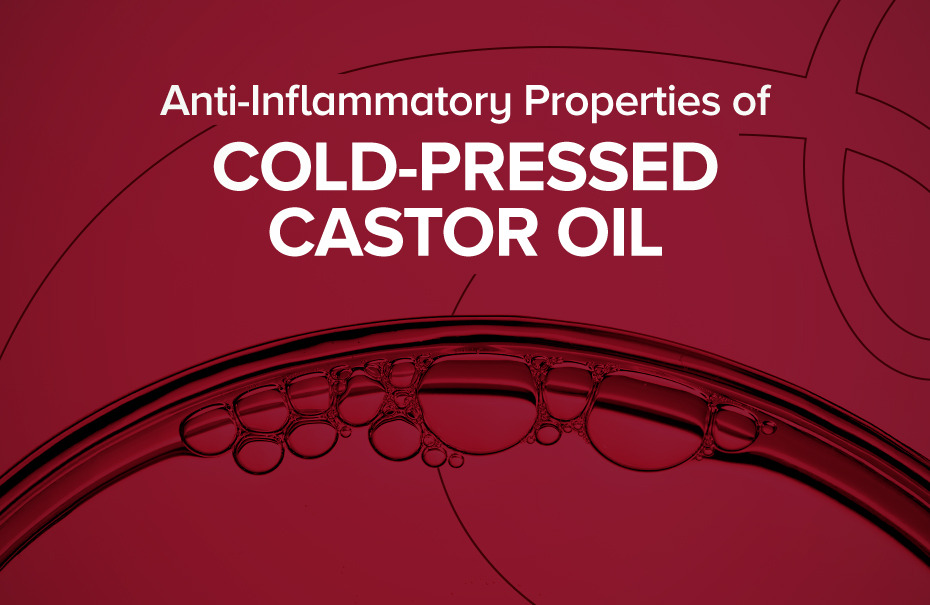Ricinoleic Acid: A Potential Castor Oil Derivative

Castor oil is obtained from the plant popularly known as ‘Ricinus Communis’. The oil is extracted from the plant’s castor beans either through mechanical pressing, solvent extraction, or a combination of both the processes of pressing and extraction. This castor oil which is a mixture of saturated and unsaturated fatty acids has gained a reputation as the important bio-based raw material for industrial applications, medicines and in other technologies. This oil is extracted colorless to a very pale yellow liquid with a mild taste and mild odor.
In the era where environmental protection is of major concern for governments and industries, people are looking for renewable resources that help in sustainable development. Castor oil and castor oil products with their unique formulation and properties have been accepted worldwide as the potential replacement of the petroleum-based starting chemicals for the production of materials with a variety of properties. In the global market, there is a huge demand for this oil owing to its other special characteristics like non-competition with food, biodegradability, low costs, and eco-friendliness. The oil is currently used in sectors such as agriculture, food, plastic, rubber, paper, pharmaceuticals, inks, additives, biofuels, cosmetics, electronics, etc.
India produces the world’s major production of castor oil and hence it exports the various grades of castor oil to different parts of the world. Let us get into the chemical composition of this valuable oil to get the deep understanding of its diverse uses for medicinal, self-care and industrial uses. This oil contains 85 to 90 percent of Ricinoleic acid along with Oleic acid, Linoleic acid, Alpha-Linolenic acid, Palmitic acid, Stearic acid, Dihydroxystearic acid and others. The dominant ricinoleic acid and the presence of the three functional groups in the acid play a significant role in making castor oil highly beneficial for various uses. The presence of this ricinoleic acid and the other three functionalities contribute towards making the oil highly versatile for the production of castor-oil based products.
Apart from the industrial uses, there is also evidence of ricinoleic acid being useful for digestive issues. The castor oil breaks down into ricinoleic acid in the small intestine and supports the speedy digestion process. Also, the presence of ricinoleic acid has been valuable for the beautification purpose of face, hair and the wound healing.
Castor oil gets fast absorbed in the skin because of the ricinoleic acid in it. Other than moisturizing the skin, it is highly effective in various types of skin related ailments like dermatosis, acne and psoriasis. Ricinoleic acid inhibits the bacterial growth that leads to acne. Owing to this, castor oil also heals wounds faster and is therefore used in many skincare creams and products. The presence of other fatty acids along with the ricinoleic acid can restore uneven skin tone, reduces the occurrence of black heads, and brings a divine glow on the face.
Since many years, castor oil is also heavily used for the growth of hair. This is also because of the presence of ricinoleic acid and omega-6 fatty acids. When castor oil in combination with either the coconut oil or olive oil is massaged onto the scalp, it nourishes the roots, enhances blood circulation, conditions the hair, and leads to the healthy growth of the beautiful tresses.
In this manner, ricinoleic acid present in the castor oil is highly useful for both industrial and personal care purposes. Ricinoleic acid has made castor oil a boon for many in the times when people are switching towards natural resources that help them advance their motives without harming the environment. This potential derivative of the castor oil has made this oil popular and has presented various alternatives to using the non-renewable sources.



